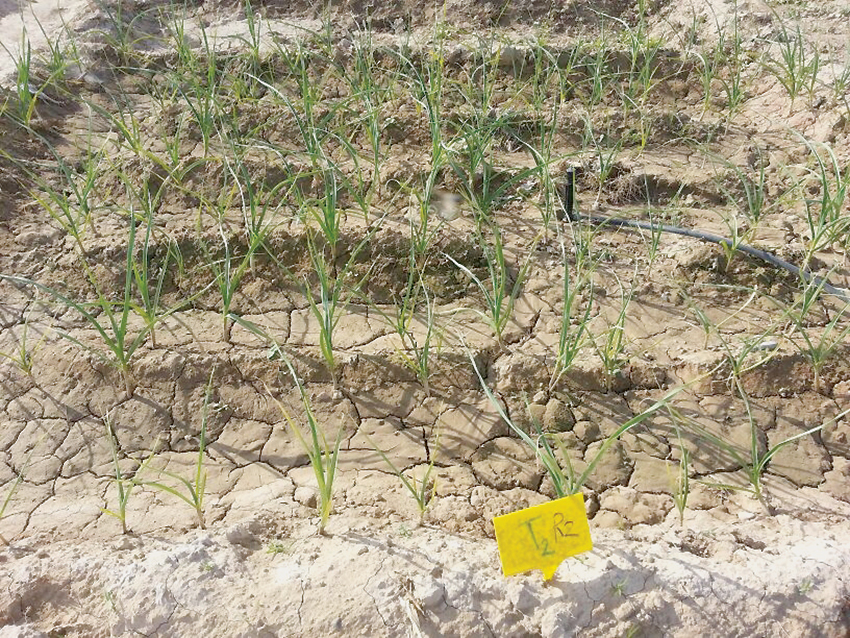

By Zainab Al Nasseri — MUSCAT: Feb. 27 - Researchers from the Ministry of Agriculture and Fisheries have said there is potential for growing a large quantity of garlic in the Sultanate in a scientific way with “low-level” fertilisers. Experts, who conducted an experiment in a garlic farm in Bahla, said using “carefully measured amounts” of manure gives high outcomes, saves money and protects soil from the negative impact of over-fertilisation. Engineer Nassir bin Salim al Wahaibi, a soil expert at the ministry, underlined the need for providing data on the different types of fertilisers because it “helps farmers”.
Garlic has an economic value in the country.
A study was jointly conducted by Soils and Water Centre and Agricultural Research Department in Al Dakhiliyah to estimate the amount and types of fertilisers required for some crops.
“We used three types of fertilisers and learned the lowest level is the best,” he said.
The mountainous regions, particularly those in Al Dakhiliyah and Batinah South, are known for growing crops such as garlic, onion, wheat corn and clover because of
their geography and climate.
The ministry conducts several field studies to expand cultivation zones, increase production and improve quality of
produce.
Commenting on the importance of local garlic, Saud al Habsi, Director of Agricultural Research Department in Batinah South, said: “Rustaq is
one of the wilayats known for growing high quality garlic. In the last 50 years, the total area under the crop has reached 50 acres.”
The local garlic, he said, have a purplish tinge, and their cloves are large.
Grown between October and April, they are much sought-after in the markets.
Oman Observer is now on the WhatsApp channel. Click here



